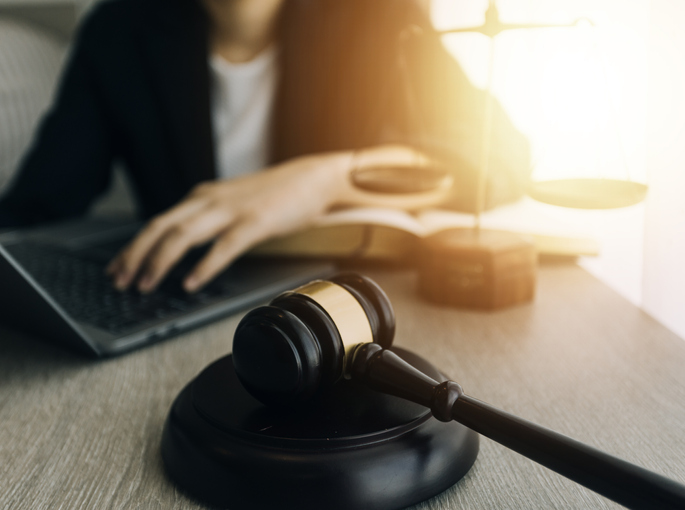
December 26, 2023
Affirmative Action Ban Shook Up Law School Admissions In 2023
The ability of law schools to maintain or increase minority enrollment, particularly among Black, Hispanic, and Native American students, in the wake of the affirmative action ban is key for the legal profession's diversity
For years, Andy Cornblatt and his team in the admissions office at Georgetown University Law School and Center would know—by the check of a box—the race of applicants trying to win a spot at the school.
Not anymore.
Georgetown is among the law schools that have decided to mask on paper the racial identities of applicants in the aftermath of the U.S. Supreme Court’s June decision effectively prohibiting affirmative action policies long used to raise the number of underrepresented minority students on campuses. That ruling has made law schools rethink their approach, resulting in an admissions process that so far has been unusually slow and methodical as officials try to both retain the diversity of their student bodies and comply with the law.
“This is the most holistic admissions process we’ve seen in a long time,” said Susan Krinsky, executive vice president of operations at the Law School Admission Council, noting that admissions offices are generally looking deeper into applicant files than in prior years. The council oversees the Law School Admission Test and serves as the national clearinghouse for law school applications.
The ability of law schools to maintain or increase minority enrollment, particularly among Black, Hispanic, and Native American students, in the wake of the affirmative action ban is key for the legal profession’s diversity, where the percentages of attorneys of color lag far behind that of the general U.S. population. American Bar Association data shows that 21% of the nation’s lawyers are people of color, compared with 41% of the U.S. population.
Diversity advocates fear the ruling could set back decades of incremental progress and efforts to increase the number of minority lawyers. Already, conservative groups have used the college admissions ruling to challenge diversity programs at law firms and bar associations.
The Supreme Court’s decision doesn’t bar colleges and universities from knowing applicants’ race, but it prohibits them from using that information in decision-making. Cornblatt said he doesn’t know of any other law schools that have chosen to receive race disclosures, though Krinsky said some are still doing so. (The council did not provide data on how many schools fall into each camp.)
Masking race data can help ward off potential legal challenges, Krinsky added.
Georgetown admissions dean Cornblatt said hiding race disclosures on applications “insulates” his office from the possibility of misuse.
Race and diversity haven’t disappeared from the admissions equation altogether, however. The Supreme Court’s opinion specified that essays and personal statements in which candidates discuss their race or background are acceptable, and many law schools have added essay prompts that are intended to give admissions offices a deeper understanding of candidates.
Harvard Law School, for example, now requires applicants to submit both a “statement of purpose” covering their motivation to pursue a career in law and a “statement of perspective” explaining how their experiences, backgrounds or interests have shaped them. Those replaced a more generic personal statement and an optional diversity statement.
Also, a growing number of law school admissions offices are interviewing some or all applicants as they try to glean more information about them, Krinsky said.
The addition of more essays, interviews, and the time they require has slowed down this year’s admissions cycle for both applicants and schools, said law school admissions consultant Mike Spivey.
“It takes law school hopefuls more time to apply because they must write more school-specific essays instead of a single personal statement that can be used on multiple applications,” he said. Plus, admissions offices have more material to wade through as they form their classes.
Most law schools begin accepting applications in August or September, with acceptances continuing through late spring and into the summer as people move off wait lists.
Data from the Law School Admission Council reflect this year’s lag: this cycle began with the number of applicants down more than 3% but has since recovered and is up 4%.
“This is the slowest admit cycle than in the 25 years I’ve been doing this,” Spivey said. “It’s because of [the Supreme Court ruling] and all the change. It has become a harder job for admissions offices.”
This story was first reported by Reuters.
RELATED CONTENT: Black-Owned Fund Bridging Gap In Venture Capital Sued For Alleged ‘Discrimination’